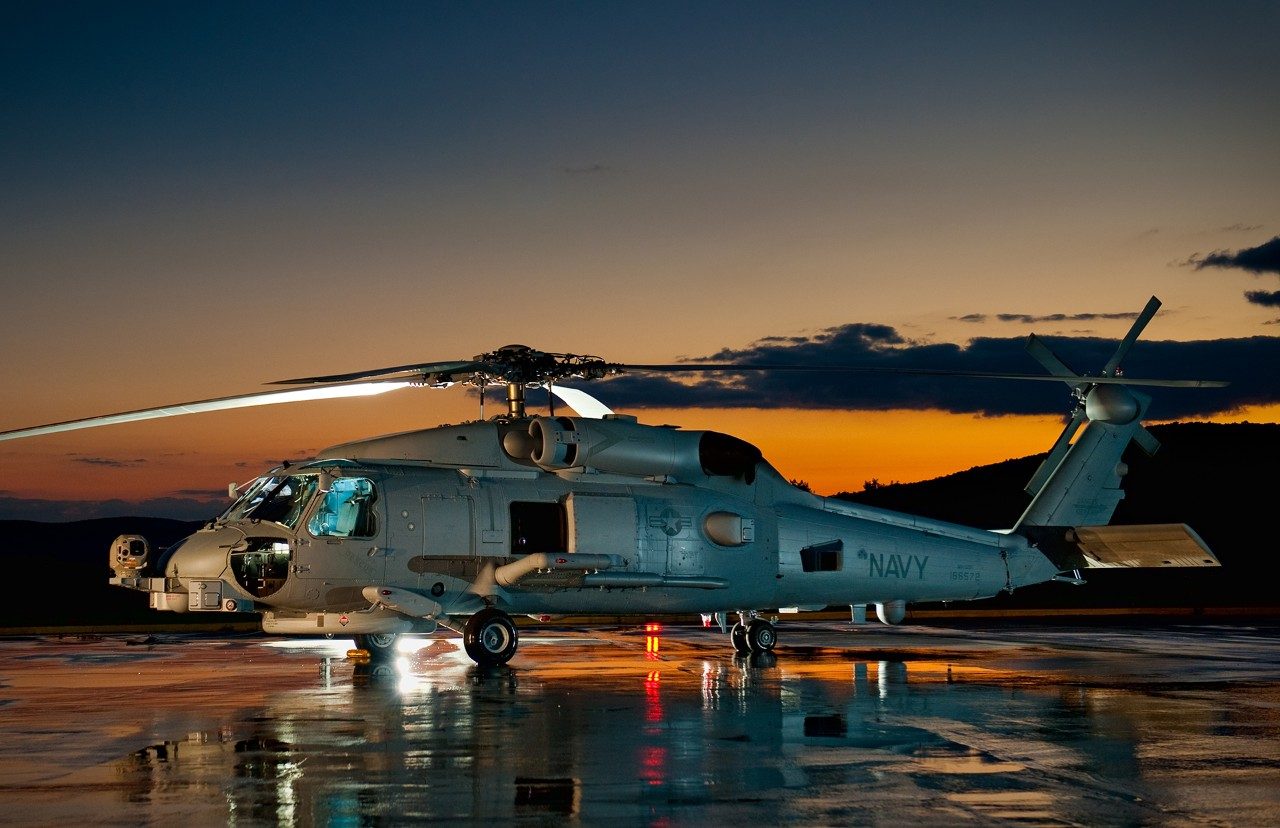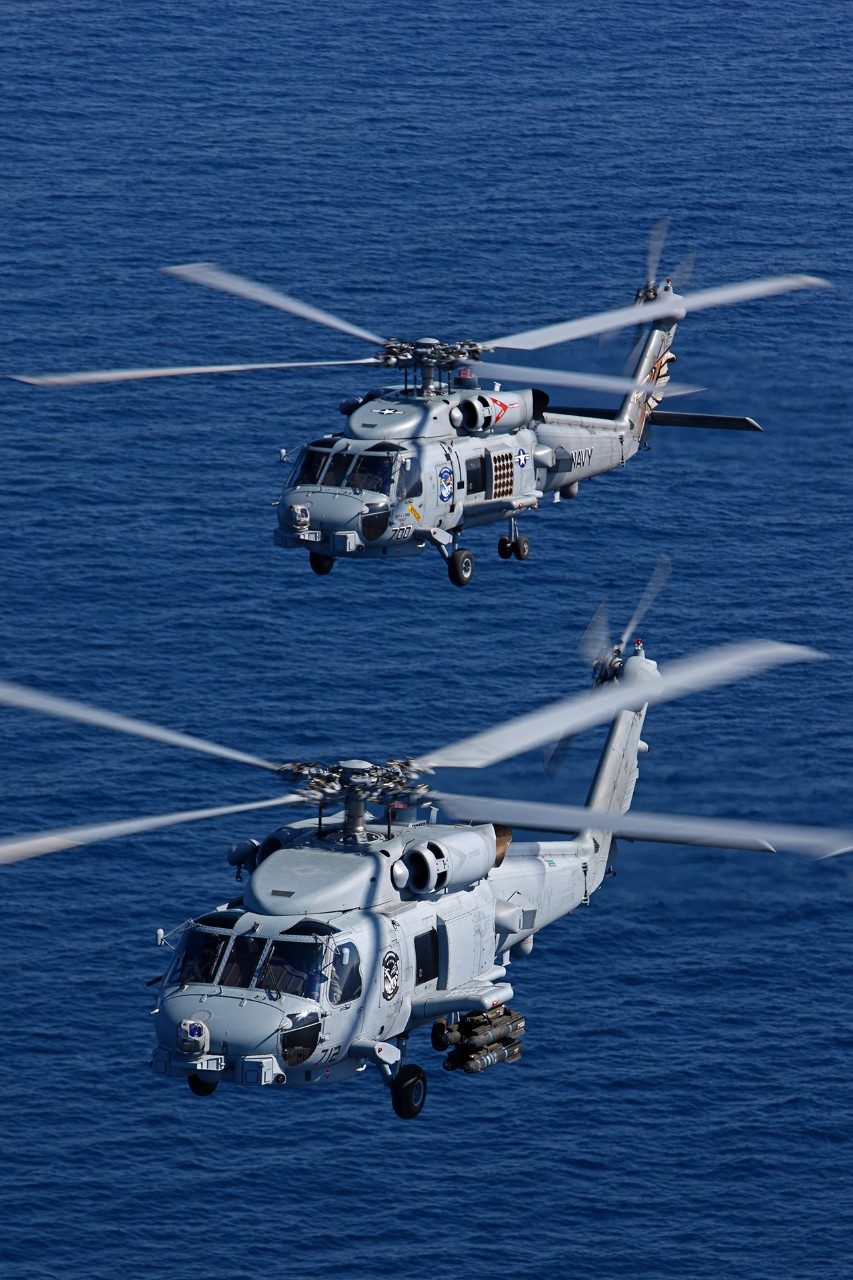The call came in on May 11, 2012, to the Royal Navy’s Fort Victoria supply ship. Three merchant ships were in distress, under attack by roving pirates. All that was known was that the hijacked ships were located somewhere in the vast expanse of the North Arabian Sea and that the rather small window of time to save them was closing.
The Fort Victoria quickly sped off to canvas the area and unleash its secret weapon: an MH-60R Romeo, the U.S. Navy’s newest and most technologically advanced helicopter, which had been training from its decks for the last two weeks.
Once deployed, the MH-60R—equipped with advanced surface-search radar, thermal-imaging sensors, and low-frequency sonar—quickly located the hijacked ships, confirmed they were under pirate control, and trailed them back to a pirate mother ship.
By evening a coalition team, using the Romeo’s intelligence, had liberated the ship and captured the pirates, an impressive debut for the Navy’s multidimensional new chopper.

A Modern-Day Romeo
The Romeo—operational since 2006—was designed to replace not one but two helicopters, the SH-60B Bravo and SH-60F Foxtrot, creating a single chopper equipped for both combat duty and high-risk rescue roles.
Built jointly by Sikorsky Aircraft Corp., which constructs its airframe, and Lockheed Martin, which supplies its complex avionics and mission systems technologies, the Romeo can achieve a speed of 180 knots while carrying extra fuel tanks or an intimidating payload of torpedoes and Hellfire missiles.
The Romeo’s most dazzling feature, however, is its digital cockpit, which offers four flat-panel, multi-function color display screens that provide the crew access to everything from advanced surveillance options to weather conditions. Since the cockpit configuration will be shared by the Romeo’s MH-60S Sierra siblings, it will lower maintenance and ownership costs for the Navy.
The first squadron of 11 MH-60R choppers was deployed in January 2009, conducting submarine hunting drills over the Pacific Ocean. Further development will refine the Romeo’s ability to perform surface combat duty and search and rescue operation, as well as communications relays and cargo delivery, transforming it into the ultimate multi-mission chopper.

Australia’s Finest
On June 15, 2011, the government of Australia informed the U.S. Navy that the Sikorsky-Lockheed Romeo had won the nation’s Air 9000 Phase 8 Future Naval Combat Aircraft competition, which sought to find a chopper to replace the Royal Australian Navy’s existing S-70B-2 Seahawk helicopters.
Here at home, the U.S. Navy operates nearly 150 Romeo choppers, with a total of 300 to be purchased by 2018, positioning it as the Navy’s primary helicopter for anti-submarine warfare and open ocean duties for decades to come.




